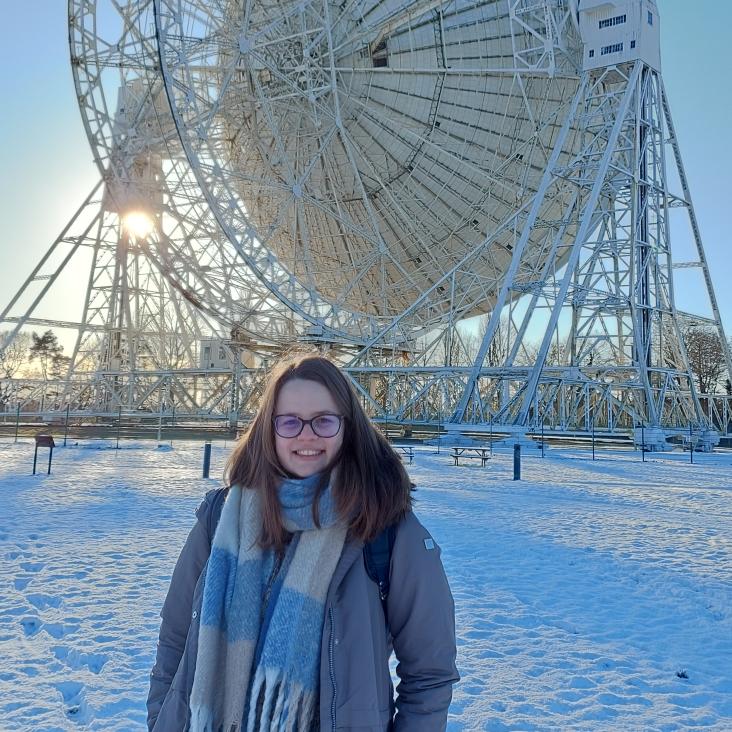NOEMA formIng Cluster survEy (NICE): Characterizing eight massive galaxy groups at 1.5 < z < 4 in the COSMOS field
Astronomy & Astrophysics EDP Sciences 690 (2024) a55
Probabilistic and progressive deblended far-infrared and sub-millimetre point source catalogues
Astronomy & Astrophysics EDP Sciences 688 (2024) a20
Cosmology from LOFAR Two-metre Sky Survey Data Release 2: Cross-correlation with the cosmic microwave background (Corrigendum)
Astronomy & Astrophysics EDP Sciences 686 (2024) ARTN C2
DEVILS/MIGHTEE/GAMA/DINGO: the impact of SFR time-scales on the SFR-radio luminosity correlation
Monthly Notices of the Royal Astronomical Society Oxford University Press (OUP) 531:1 (2024) 708-727
Cosmology from LOFAR Two-metre Sky Survey data release 2: cross-correlation with the cosmic microwave background
Astronomy and Astrophysics EDP Sciences 681 (2024) A105
Abstract:
AimsWe combined the LOw-Frequency ARray (LOFAR) Two-metre Sky Survey (LoTSS) second data release (DR2) catalogue with gravitational lensing maps from the cosmic microwave background (CMB) to place constraints on the bias evolution of LoTSS-detected radio galaxies, and on the amplitude of matter perturbations.
Methods
We constructed a flux-limited catalogue from LoTSS DR2, and analysed its harmonic-space cross-correlation with CMB lensing maps from Planck, Cℓgk, as well as its auto-correlation, Cℓgg. We explored the models describing the redshift evolution of the large-scale radio galaxy bias, discriminating between them through the combination of both Cℓgk and Cℓgg. Fixing the bias evolution, we then used these data to place constraints on the amplitude of large-scale density fluctuations, parametrised by σ8.
Results
We report the significance of the Cℓgk signal at a level of 26.6σ. We determined that a linear bias evolution of the form bg(z) = bg,D/D(z), where D(z) is the growth rate, is able to provide a good description of the data, and we measured bg,D = 1.41 ± 0.06 for a sample that is flux limited at 1.5 mJy, for scales ℓ < 250 for Cℓgg, and ℓ < 500 for Cℓgk. At the sample’s median redshift, we obtained b(z = 0.82) = 2.34 ± 0.10. Using σ8 as a free parameter, while keeping other cosmological parameters fixed to the Planck values, we found fluctuations of σ8 = 0.75−0.04+0.05. The result is in agreement with weak lensing surveys, and at 1σ difference with Planck CMB constraints. We also attempted to detect the late-time-integrated Sachs-Wolfe effect with LOFAR data; however, with the current sky coverage, the cross-correlation with CMB temperature maps is consistent with zero. Our results are an important step towards constraining cosmology with radio continuum surveys from LOFAR and other future large radio surveys.


